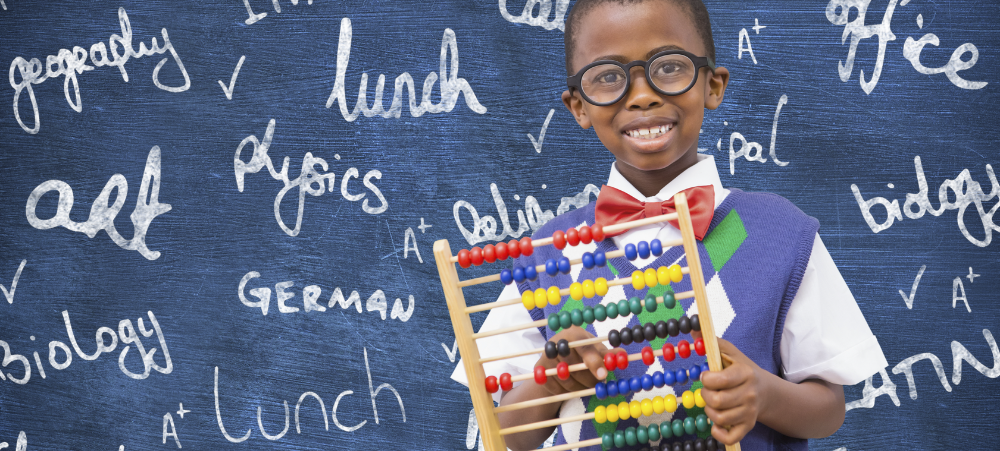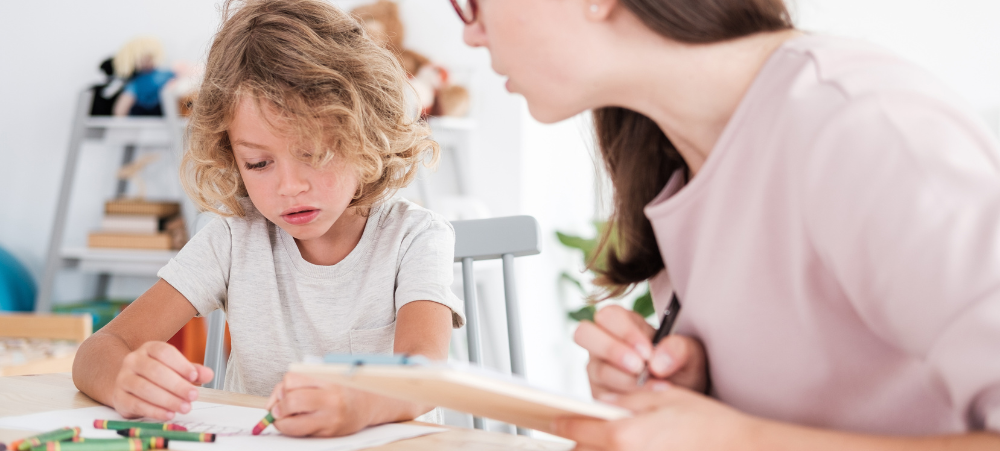
Continuing our Article about Getting the Proper Education for Our Kids Futures
As we previously discussed, Educ8 SA is there to assist with the amazing Online Education Platform. This week we will be discussing a few more key benefits. 1.The Role of Technology in Education Technology has revolutionized nearly every aspect of our lives, and education is no exception. From interactive whiteboards to online learning platforms, technology has opened up new possibilities for teaching and learning. It has made education more accessible, engaging, and interactive, breaking down barriers and enabling students to explore and learn in ways that were previously unimaginable. Technology also plays a crucial role at Educ8 SA in preparing students for the future job market. Digital literacy is now a fundamental skill, and students need to be comfortable using technology to research, communicate, and solve problems. Incorporating technology into education not only enhances learning outcomes but also equips students with the skills they need to thrive in the digital age. 2.The Benefits of a Well-Rounded Education A well-rounded education goes beyond imparting knowledge in specific subjects. It encompasses a holistic approach to learning, nurturing not only academic skills but also social, emotional, and physical development. A well-rounded education equips students with the tools they need to become well-rounded individuals who can navigate the complexities of life and contribute meaningfully to society. A well-rounded education fosters creativity, critical thinking, and problem-solving skills. It encourages students to explore their passions, develop a sense of curiosity, and think outside the box. It also teaches valuable life skills such as effective communication, collaboration, and adaptability, which are essential for success in any career or endeavor. 3.The Importance of Critical Thinking and Problem-Solving Skills In an ever-changing world, the ability to think critically and solve complex problems is more important than ever. Critical thinking enables individuals to analyze information, evaluate its validity, and make informed decisions. Problem-solving skills empower individuals to overcome challenges, find innovative solutions, and adapt to new situations. By signing up with Educ8 SA we prioritize the development of critical thinking and problem-solving skills. These skills not only prepare students for the future job market, but they also enable them to become active, engaged citizens who can contribute to positive change in their communities and beyond. 4.The Role of Parents in Their Children’s Education While educators play a vital role in shaping the educational experiences of our children, parents are equally important in their education journey. Parents are their children’s first teachers, and their involvement in their education can have a significant impact on their success. Parents should actively engage with their children’s education, providing support, encouragement, and guidance. They can create a nurturing and stimulating environment at home, foster a love for learning, and instill valuable values and life skills. By partnering with Educ8 SA, parents can ensure that their children receive the proper education they need to thrive in the future. 5.The Impact of Education on Social and Economic Development Education is not only crucial for individual success but also for the social and economic development of a nation. A well-educated population drives innovation, boosts economic productivity, and creates opportunities for upward mobility. It reduces poverty, promotes social equality, and empowers individuals to contribute meaningfully to society. Investing in education is an investment in the future. It is a powerful tool for social and economic development, breaking the cycle of poverty and creating a more equitable and prosperous society. By providing our children with the proper education, we are shaping the future and ensuring a better tomorrow for generations to come. In Conclusion: Investing in Our Children’s Future Through Education at Educ8 SA In a rapidly changing world, providing our children with the proper education is essential. It goes beyond memorizing facts and figures; it means equipping them with the skills, knowledge, and mindset they need to thrive in the future. A well-rounded education that prioritizes critical thinking, creativity, adaptability, and digital literacy is key to preparing our children for the challenges and opportunities that lie ahead. At Educ8 SA, we understand the importance of education for the future. We are revolutionizing the way we educate our children, embracing technology, personalized learning, and at affordable prices. Our goal is to empower our children with the tools they need to succeed in any field they choose and to create a brighter future for all. Invest in your child’s future. Choose Educ8 SA for a well-rounded education that prepares them for the challenges and opportunities of tomorrow. Together, let’s shape a better future for our children. Contact us today: 084 685 2138 [email protected] www.educ8sa.com



































